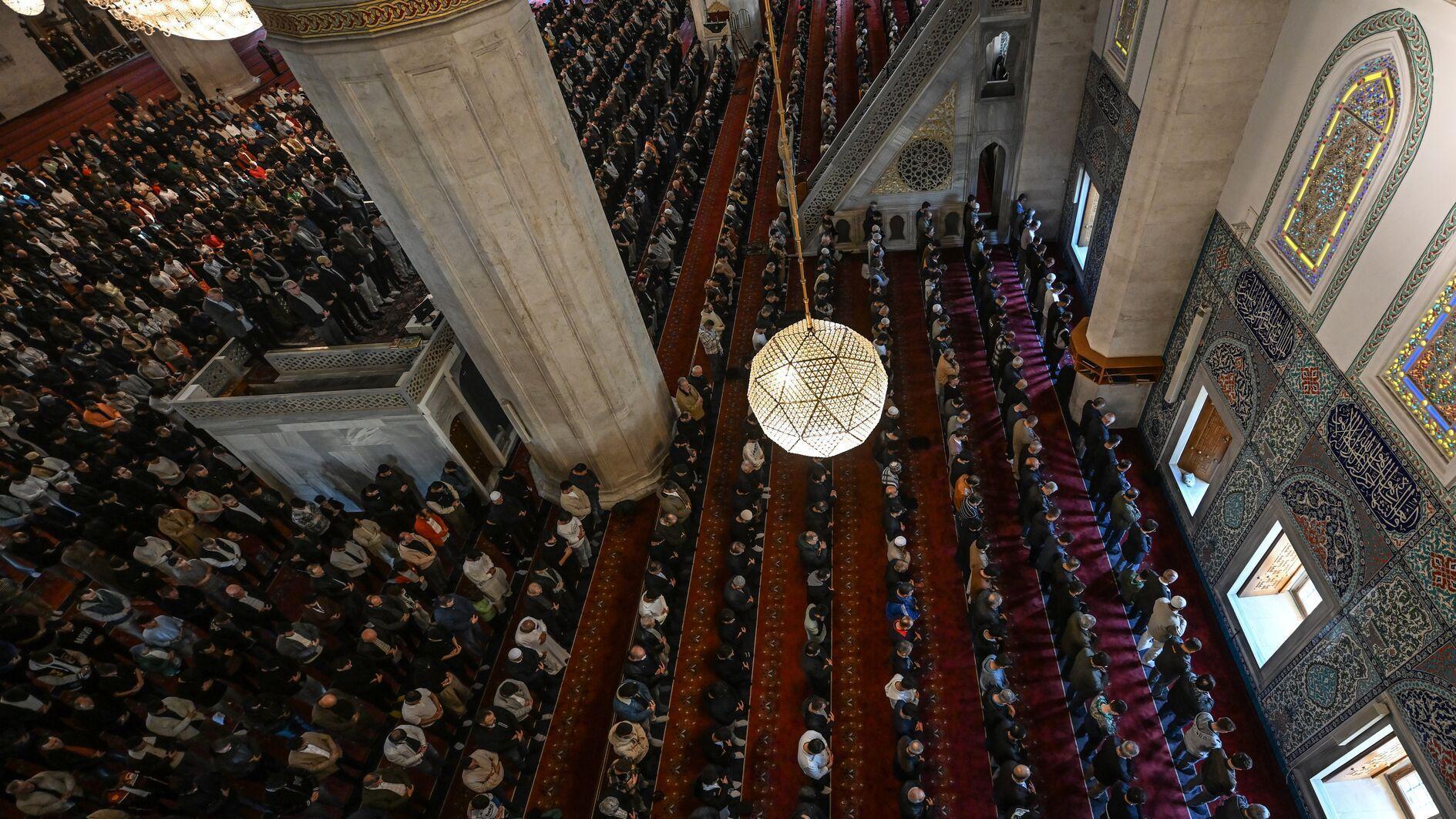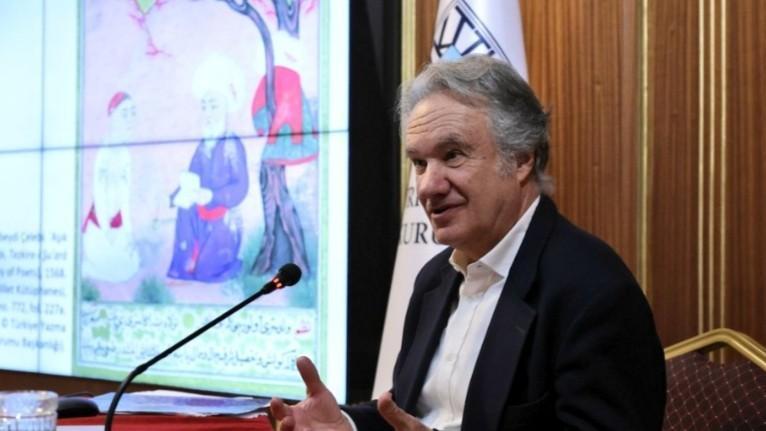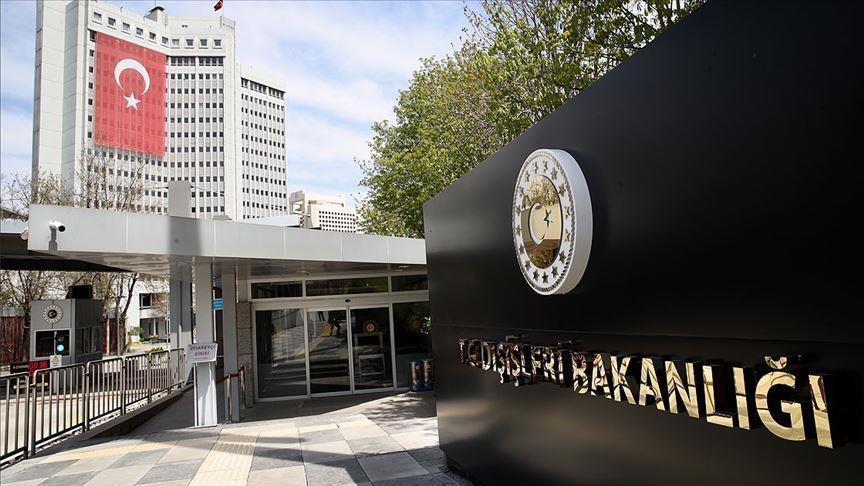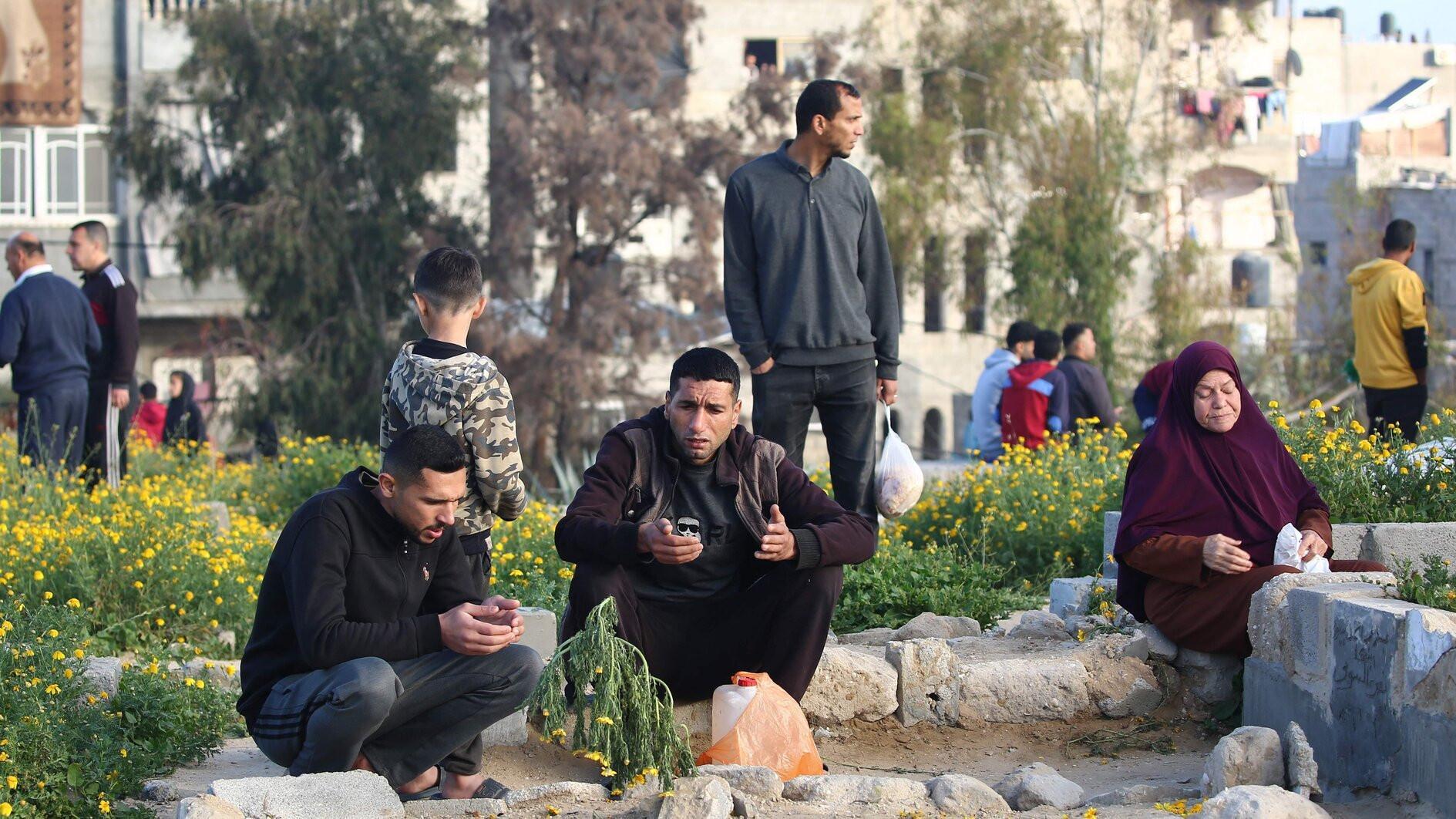Apartheid lives - and other impressions from South Africa
There are many similarities between the Turkish and South African economies. The Turkish Lira and the South African rand were not put in the “fragile five” currencies for no reason: Both countries have the highest current account deficits among emerging markets, with the resulting external vulnerabilities exacerbated by a worsening financing mix and low reserves.
Although inflation has, unlike in Turkey, been rather tame, South Africa was also characterized by negative policy rates, which have, similar to Turkey, fueled the credit boom that has been going on for a decade. Given the loan growth and the current account deficit, it is not very surprising that South Africa has also been suffering from low private saving rates.
South Africa fares much worse than Turkey in terms of poverty and equity. As the IMF noted in its latest report on the economy, “notwithstanding the rising black middle class, wealth, land, education, and health outcomes remain unequally distributed along racial lines.” Communities are sharply divided: Shortly after you pass million dollar homes on the Cape Point Route, you hit Masiphumelele, where around one fourth of the population is HIV positive.
Inequality is one of the highest in the world, with the richest 10 percent of the population holding more than half of the total income – compared to less than 3 percent for the poorest 20 percent. Things have improved for a small number of non-whites drastically, as I observed at the Nelson Mandela Square mall in Johannesburg. In fact, the rise in inequality since the end of apartheid seems to be driven by the increase within races.
Many South Africans who want to work can’t! Unemployment is 25 percent and labor force participation is the lowest after Turkey. As in Turkey, structural factors are at play: A legacy of apartheid is that poor non-white workers do not live close to the centers of economic activity and public transportation is expensive. Lubabalo, a young South African I met in the Langa township of Cape Town, told me he spends one fourth of his salary on his daily commute to work.
Yet, labor markets don’t clear because collective bargaining between large firms and labor unions result in non-equilibrium wages. These companies, remnants of apartheid-era policies of promoting national champions, can live with high labor costs. They are profitable thanks to high product market regulation, but the high wages are acting as a barrier to entry. Moreover, inflexible labor laws and regulations are making firms reluctant to hire new workers.
Despite regular protests, a few with tragic consequences, these dire conditions have not led to widespread social unrest. For one thing, most of the population is better off than under apartheid: The poverty rate has fallen about 10 percentage points since 1995. Besides, 30 percent of the population receives some sort of social support.
Last but not least, South Africans commemorate the fallen students of the 1976 Soweto uprising. Please continue to #RememberBerkin!










